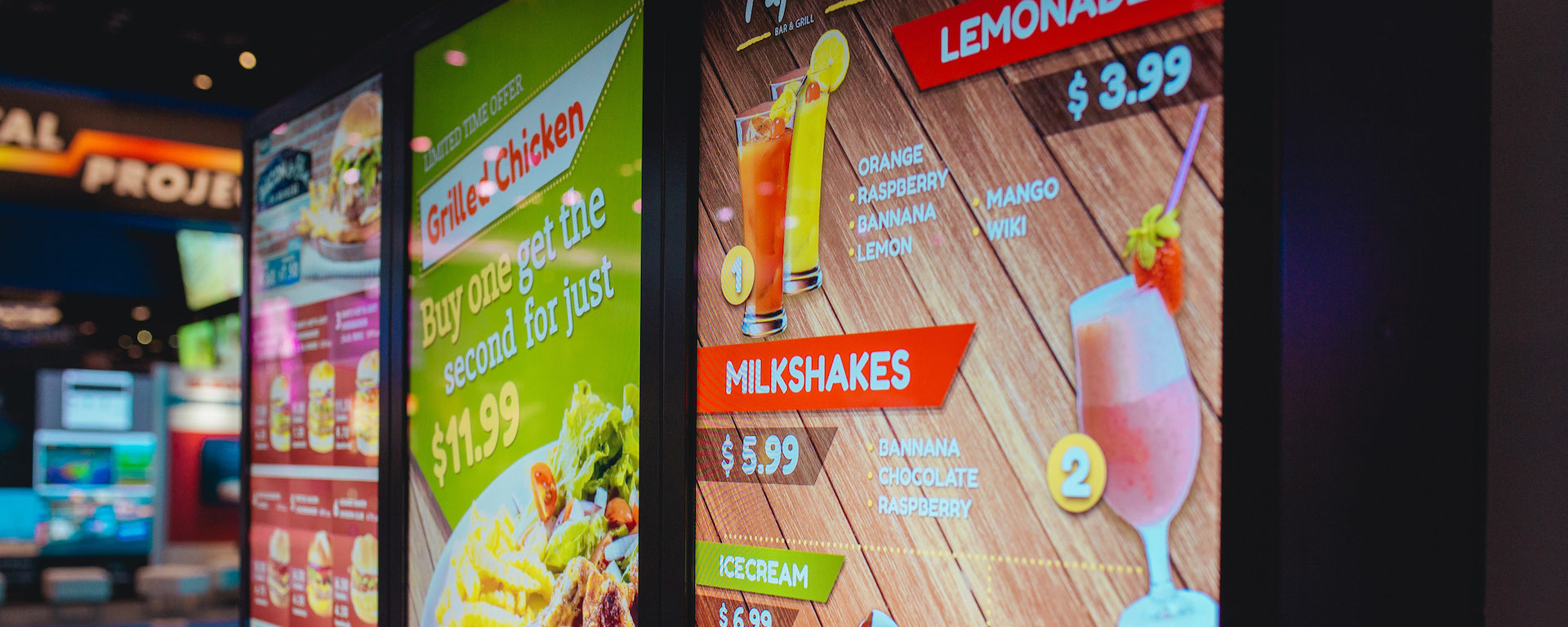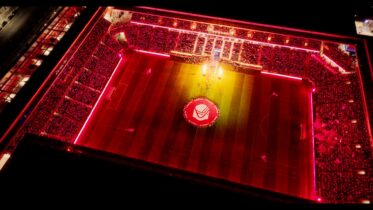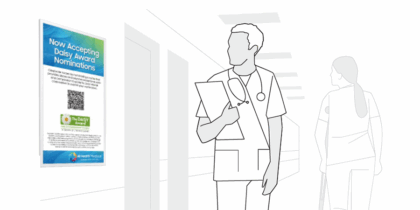Today’s digital signage market is on a clear growth trajectory, with sales revenues projected to increase to nearly $24 billion by 2020. Whether designed for indoor, outdoor or semi-outdoor settings, digital displays demonstrate their worth by grabbing the attention of nearby viewers and serving up timely and targeted information. Now businesses can make their digital signage experience even more impactful by integrating mobile and Internet of Things (IoT) elements into the experience.
Unlike static printed signage, the digital nature of these displays makes it possible to connect with an impressive assortment of technologies, including beacons, mobile devices, sensors and cloud services — all elements that can swiftly enhance the power and effectiveness of the digital message.
Taking the Technology to the Next Step
In order to further personalize the customer experience, retailers can mount beacons — small, battery-operated transmitters that send a weak Bluetooth signal (Bluetooth Low Energy, or BLE) to other Bluetooth-enabled devices located up to approximately 30 meters away — on their walls or countertops. For example, if a shopper enters a specific beacon zone in a retail store and remains there for longer than 60 seconds, a beacon can trigger relevant messaging on a nearby digital display, such as letting the shopper know there’s a sale on tote bags close by.
Stores can take this a step further and implement mobility into the experience by allowing beacons to identify specific shoppers (with their permission) and proactively push content, coupons, product reviews or even gamification/loyalty points to their smartphones. With access to a shopper’s retail and online purchase history, a personalized message can even reflect the consumer’s latest tastes on the digital display itself, such as recommending a specific brand of purses for someone who recently made a similar purchase.
Digital displays can also leverage sensors and analytics in non-retail settings. For example, in a train terminal, digital displays can be integrated with a cloud service that tracks and reports weather conditions. If bad weather is on the way, sensors can identify where passengers are congregating in the terminal, and the displays can quickly transmit an alert and instructions regarding departure delays, platform changes, etc. Or, a restaurant’s digital signage could be networked into its back-end security system so that any type of alarm event would automatically trigger a takeover of the displays to alert customers and provide them with instructions.
Get The Free Guide on High-Bright Displays
High brightness technology provides new sales and marketing opportunities for retail, banking, transit and QSR. Download Now
Best Practices for Enhancing Digital Messaging
Clearly, sensor and mobile integration offers impressive opportunities for digital signage to produce more personalized and context-aware messaging in a growing array of industries. The more directly displays can speak to a customer’s needs, the more effective the digital content will be. However, potential buyers should consider taking a careful route to implementation by following these steps:
- Thoroughly research potential digital display providers and the integration capabilities of their products.
- Determine if an outside expert is needed to create the complete, integrated solution.
- Pilot the initial solution and any mobile/IoT/cloud enhancements on a limited basis. Be prepared to adjust as needed.
- Formulate a realistic budget and rollout plan.
- Research and understand customer/clientele preferences around proximity-based solutions to determine the level of personalization they’re comfortable with. If hyper-personalized messaging (on displays and/or smartphones) is viewed as too intrusive, then a somewhat less customized approach may be more appropriate.
- Train the workforce so the solutions are quick and easy for employees to understand and implement.
- Monitor and update on an ongoing basis.
Digital signage offers today’s businesses compelling opportunities to inform, promote and guide. Integrating these digital systems with IoT and mobility elements provides an even more powerful messaging experience. Interested users should do their research, pilot carefully, and always stay attuned to customer and client comfort levels.
Learn more about Samsung’s digital signage solutions and integration capabilities here.









